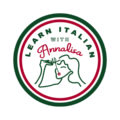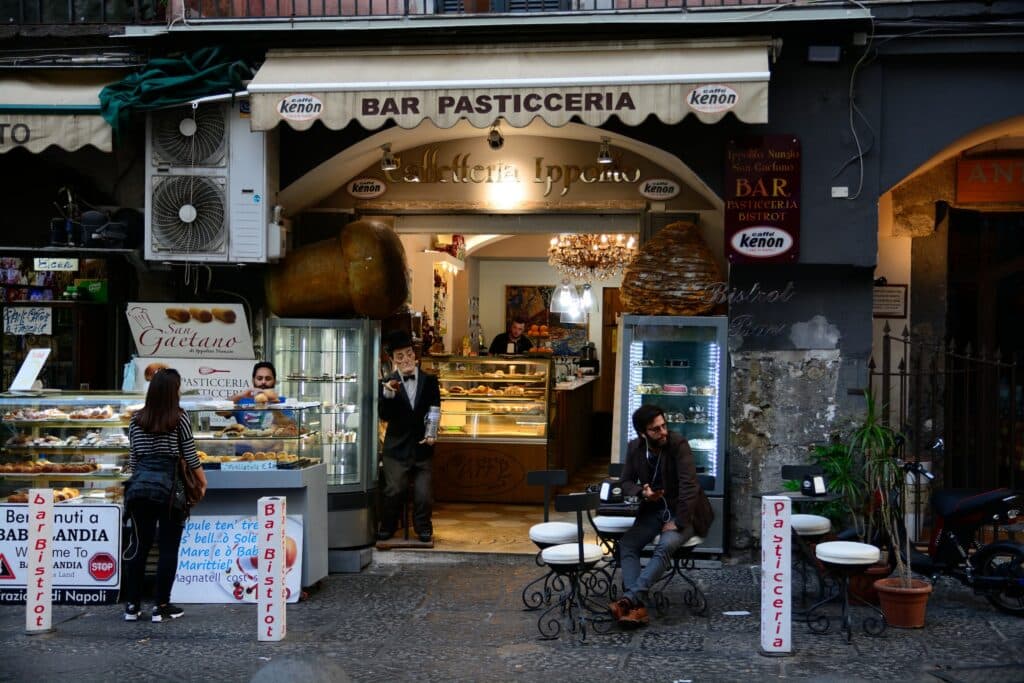Mastering Politeness: 4 Ways to Say “Please” in Italian
Saying “please” in Italian is not only about being polite; it’s also an opportunity to connect with the locals and immerse yourself in Italian culture. In this article, we will explore four different ways to say “please” in Italian, along with tips on pronunciation and usage. As you master these essential expressions, you will be able to communicate more effectively with Italians and showcase your gracious side.
Table of Contents
Per favore: The Universal Expression to say please in Italian
The most common way to say “please” in Italian is “per favore” (pronounced pehr fah-voh-reh). This phrase is versatile and can be used in almost any situation where you need to show politeness, such as when making a request or asking for assistance.
Per piacere: an Alternative Expression
An alternative way to say “please” in Italian is “per piacere” (pronounced pehr pyah-che-reh). This expression is similar to “per favore” and can be used interchangeably in most situations. However, “per favore” is more common and widely used.
Per cortesia: Please, Out of Courtesy in Italian
“Per cortesia” (pronounced pehr kor-teh-see-ah) is another phrase you can use to say “please” in Italian. Especially when asking for a favor or making a request. It can be used interchangeably with “per favore” and “per piacere,” although it might be less common.
Ti / La prego (I Beg You, Informally/Formally)
To add emphasis to a request or convey urgency, you can use “Ti prego” (pronounced tee preh-goh) in informal situations when addressing someone you know well. Alternatively, use “La prego” (pronounced lah preh-goh) in formal situations or when addressing someone older or of higher status.
Usage and Pronunciation Tips
To say “please” in Italian, we usually place the phrases like “per favore“, “per piacere“, “per cortesia“, and “Ti / La prego” at the end of a sentence or question. However, in some cases, you can also place them at the beginning of a sentence or question to emphasize your request or add extra politeness.
When pronouncing these expressions, pay attention to the rolled “r” and the stress on the syllables. Mastering the pronunciation will make your expressions sound more authentic and natural.
Practical Examples using Please In Italian
Ordering a Coffee at a Bar
When ordering a coffee at an Italian bar, use one of the “please” expressions to show politeness. For example, you can say: “Un caffè, per favore” or “Un caffè, per piacere” (A coffee, please).
Requesting the Check at a Restaurant
In an Italian restaurant, using the appropriate “please” expression when asking for the check is essential. You can say: “Il conto, per favore” or “Il conto, per cortesia” (The check, please).
Booking a Room at a Hotel
When booking a room at an Italian hotel, use one of the “please” expressions to demonstrate politeness. For example, you can say: “Vorrei prenotare una camera, per favore” (I would like to book a room, please) or “Vorrei prenotare una camera, per cortesia” (I would like to book a room, please). These phrases will help you convey respect and make a positive impression as you interact with hotel staff.
Mastering the different ways to say “please” in Italian is essential for communicating effectively and showing your gracious side in various situations. By learning to use “per favore”, “per piacere”, “per cortesia”, and “Ti / La prego” in everyday contexts, such as at bars, restaurants, and hotels, you’ll enhance your language skills and demonstrate respect for Italian culture and etiquette.
Do you want to learn more? You can also read our Italian Crash Course article.

